When we run along the Lost Coast Trail, we’re immersed in wild remote beaches, bold headlands, the salty scent of the North Pacific and the barks of sea lions. In the King Range Wilderness, we navigate the rhythm of tides and the constantly changing landscape of sand, meadows, redwood forest, and rocky cliffs. We may even be aware that we’re on the southern edge of a coastal temperate rainforest ecosystem-the Cascadia Bioregion- that extends all the way into Alaska. We may know that the cornerstone species of that ecosystem is the Pacific Salmon, and that in recent decades, as the ecosystem has been threatened, a fierce bioregional culture of salmon and forest restoration as grown up in the Lost Coast area, with hundreds of activists and ecologists working hard to preserve the Salmon, Redwoods, and surrounding ecosystem. What we should also acknowledge is that we are traveling through the ancestral homelands of the indigenous Sinkyone people, who live on, and have sustainably managed this region for thousands of years.
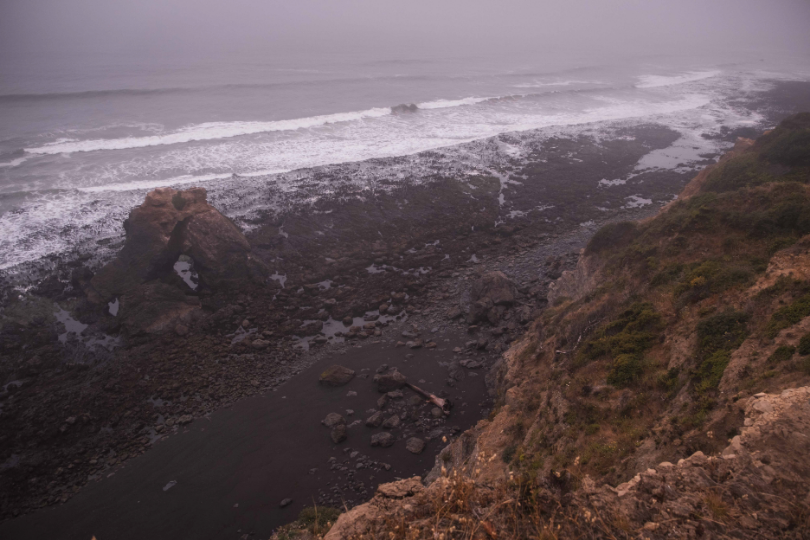
Despite such an honorable and beautiful legacy, much of the last two centuries has been a story of tragedy for the Sinkyone, who suffered cultural genocide from settlers and soldiers during the nineteenth century and into the twentieth. Despite such horrors, in recent decades, their story has taken a better turn: after nearly two centuries of dispossession, a consortium of ten federally recognized tribes has created the first intertribal wilderness park of its kind in this region: the Sinkyone Wilderness Park.
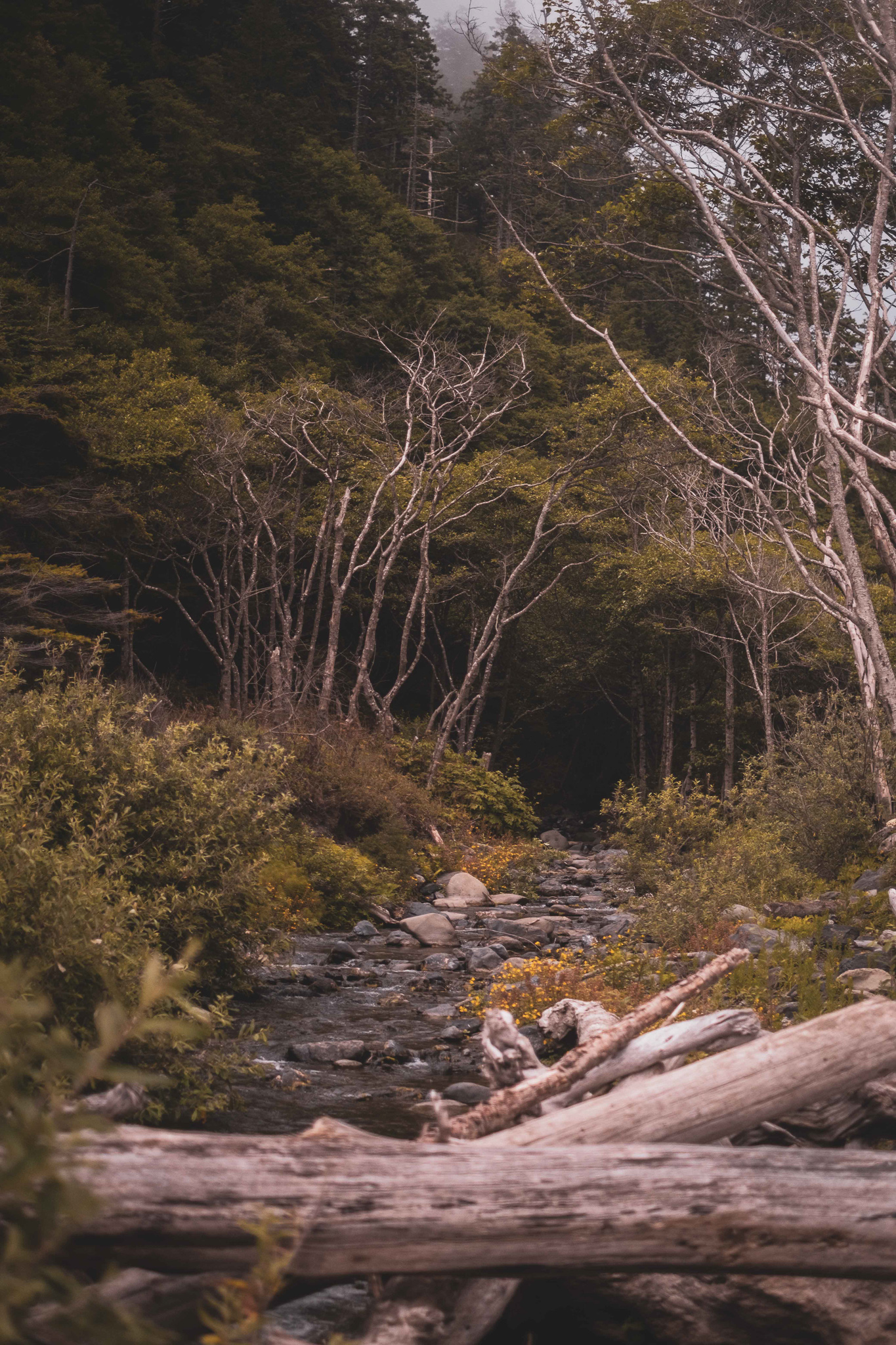
Sinkyone History
For millennia, the Sinkyone people of northern California (named for “Sinkikok”-their name for the Eel River watershed) lived in this mountainous, fertile, foggy coast 150 miles north of present-day San Francisco Bay area. With about seventy villages by the time of European contact, they would winter inland along the South Fork of the Eel river, and in summer, travel to the coast (south of the current area of Spanish Flat) to gather fish, acorns, berries, seaweed, kelp, roots, nuts and seeds.
As part of their sustainable management practices, they would rotationally burn coastal prairies and woodlands to maintain the health and productivity of the ecosystem, and to ensure their sources of food and medicinal plants. Based on cultural practices informed by centuries of evidence-based observation, they also hunted and gathered rotationally, carefully transplanted various plants and animals, and integrated those activities with spiritual practices. The Redwood tree (called “Kahstcho” in Sinkyone) was considered especially sacred, and was used to create baskets, fish traps, boats, houses, and clothing.
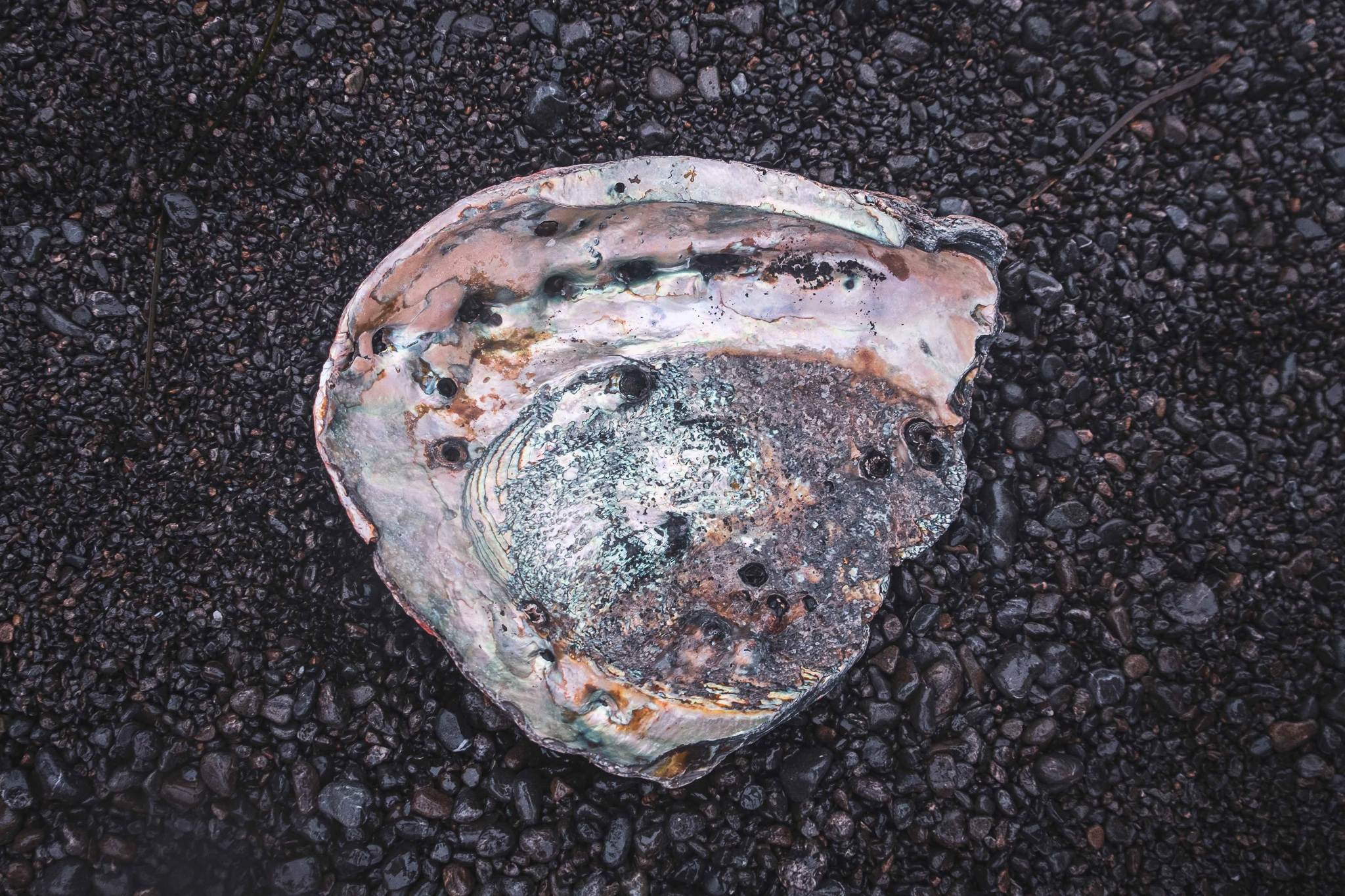
Arrival of Settlers
Starting with the California gold rush of the 1850s, the Sinkyone-along with many other California native peoples-were massacred in less than two decades. Bounties were paid for the scalps of Sinkyone men, women and children. The few remaining Sinkyone were forced into slavery, moved to reservations, or absorbed into surrounding tribes as their land was claimed by mining and timber companies, and logged of most of its best Redwood and Douglas Fir trees. During the ensuing century-and-a-half, native peoples continued to visit the area for hunting and gathering and ceremonies, but often at their own peril. In the middle of the twentieth century, as chainsaws, bulldozers and skidders changed harvest methods, the rate of logging dramatically increased, resulting in clear-cuts which destroyed the ecosystem, resulting in landslides, and the severe diminishment of the native salmon fisheries.
Fortunately, the story of the Sinkyone has moved in a better direction in recent decades: Beginning in the 1970s, as logging intensity increased in Mendocino County, a nascent environmental movement was also growing, both nationally and locally. As young environmentalists began to work toward saving the last of the old-growth Redwoods, they began to listen to native people’s stories-both ancestral and more recent-about the land and their relationship to it. During that time, the Sinkyone Wilderness State Park was created.
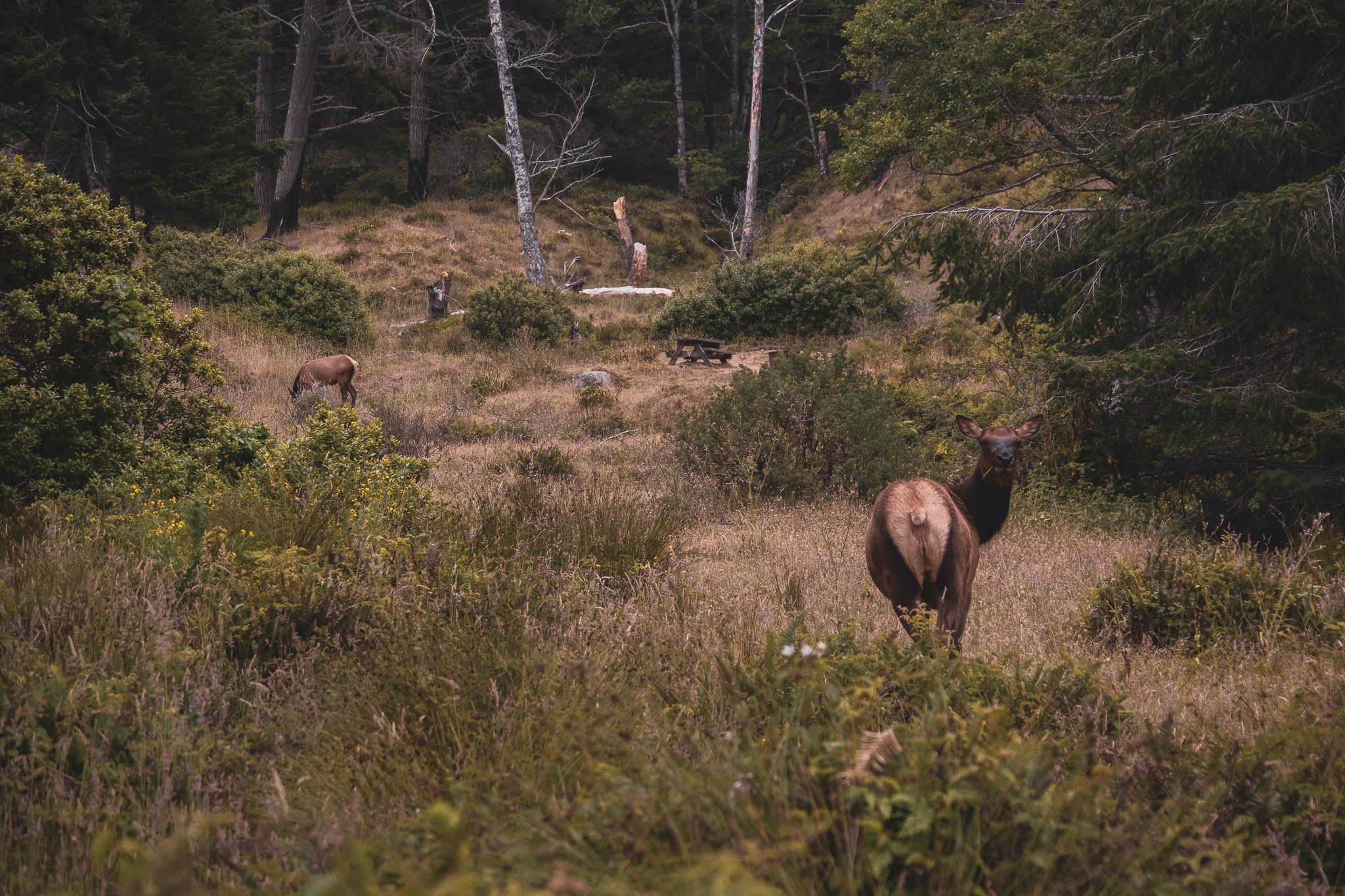
Environmental Stewardship
In the 1980s, Earth First protestors blocked bulldozers and sat in trees to prevent logging in Sally Bell Redwood Grove-named for a Sinkyone woman who watched American soldiers murder her family. By 1985, Native people and environmentalists won an historic court case- the Sally Bell lawsuit- to stop clearcutting, and the Trust for Public Land acquired thousands of acres of contested land from the Georgia Pacific Corporation, including coastline and old-growth Redwood groves, and some of that land was added to the Sinkyone state park.
Over the next decade, various government agencies, conservation organizations, and a consortium of ten local tribes-who created the Intertribal Sinkyone Wilderness Council- worked to reconcile different agendas and figure out what to do with one large, remaining upland tract of second-growth redwood and Douglas Fir. The result is the 4000 acre Sinkyone Wilderness Park, created in 1997, which redefines “productive” as more than merely extractive, and also includes ecotourism, salmon and forest stewardship, and wilderness where native people can practice ceremonies and hunt and harvest traditionally. This groundbreaking venture represents the first time tribes have come together to establish a nonprofit organization to acquire land, the first time a government agency has transferred land to Native people under a conservation easement, and it is one of the first times that an easement has tried to specify how forestland can be harvested while simultaneously preserving old growth ecology and forest health. This collaborative easement-which guarantees public access to the adjoining Sinkyone Wilderness State Park while managing the land to support old-growth forests- represents the beginning of a healing, ecologically, culturally, and socially. It ensures both the continuation of Native culture and the restoration of the land, while creating a model of cooperation between Native people and environmental collaborators that might be used around North America.
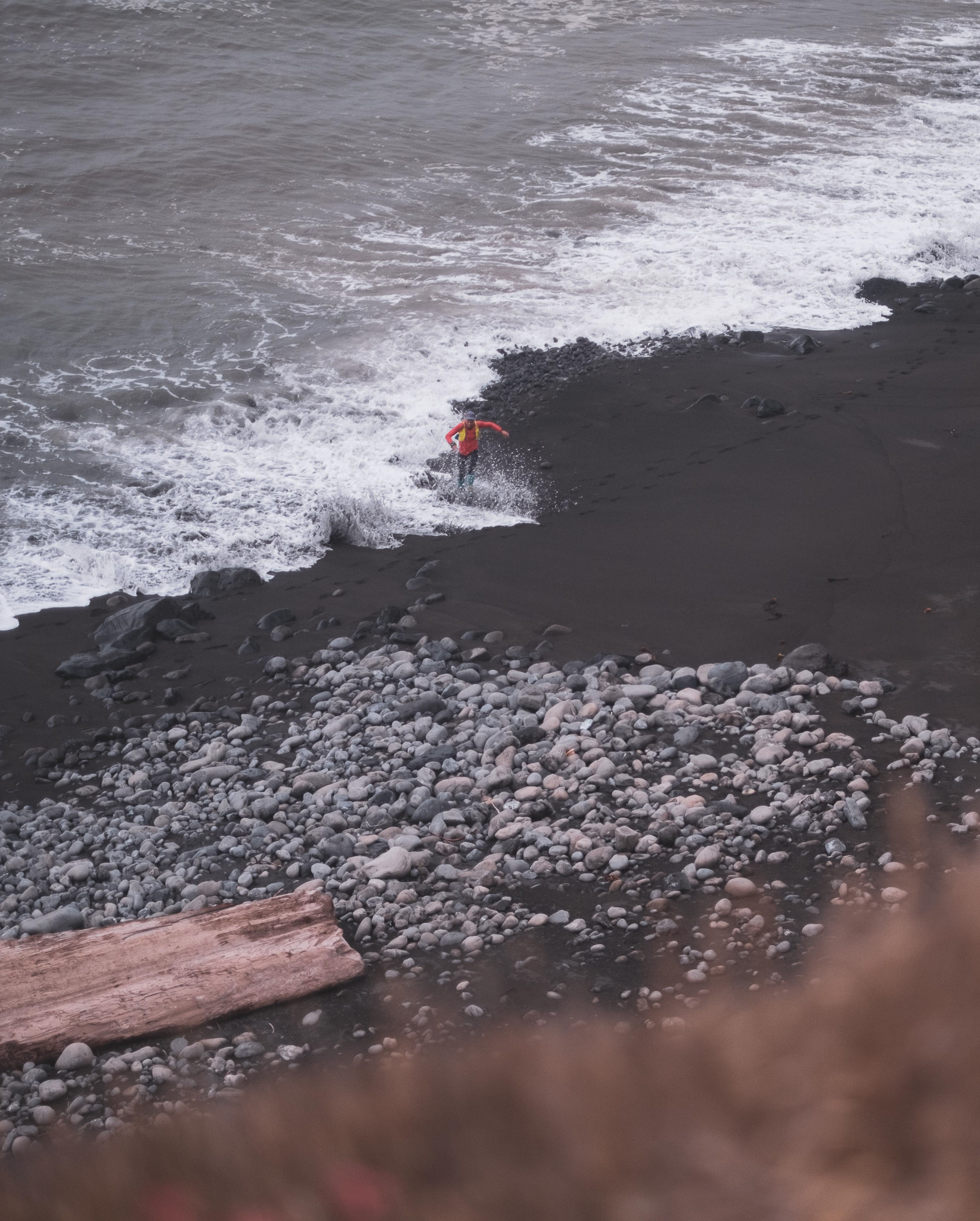
When we run the Lost Coast Trail, we run not only through a beautiful landscape. We are guests in the home of people who lived here for millennia, and who are moving forward, despite unbelievable challenges. And because of the efforts of these Native people and their collaborators, we have the chance to run through the part of the longest stretch of permanently protected coastal wilderness in the continental United States. As trail runners, as lovers of wild places, it is important that we honor the history and culture of these people, and the beautiful, ecologically rich land that they share with us.
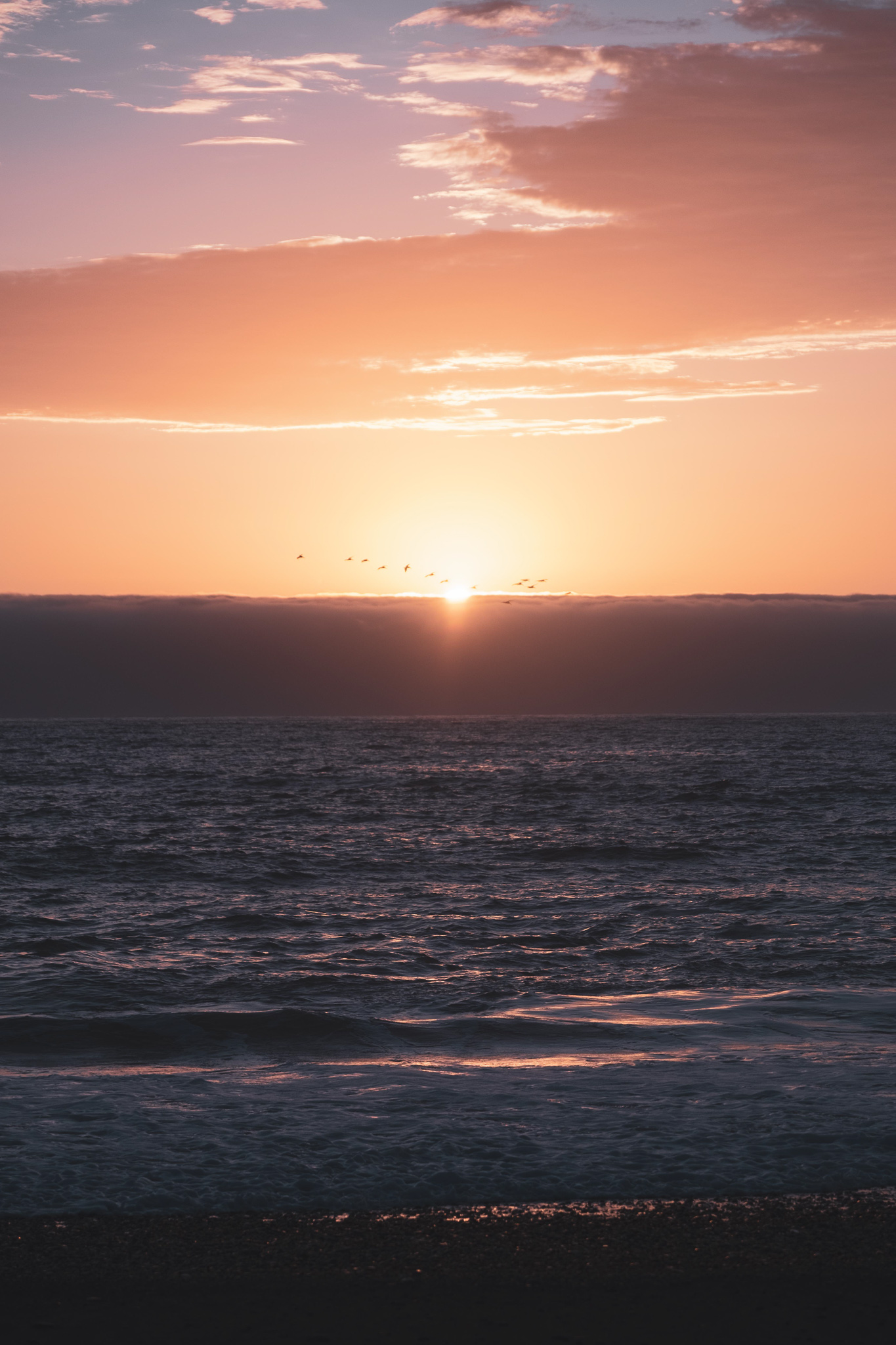
To learn more about the Sinkyone and the work of the Intertribal Sinkyone Wilderness Council.
Ian Ramsey
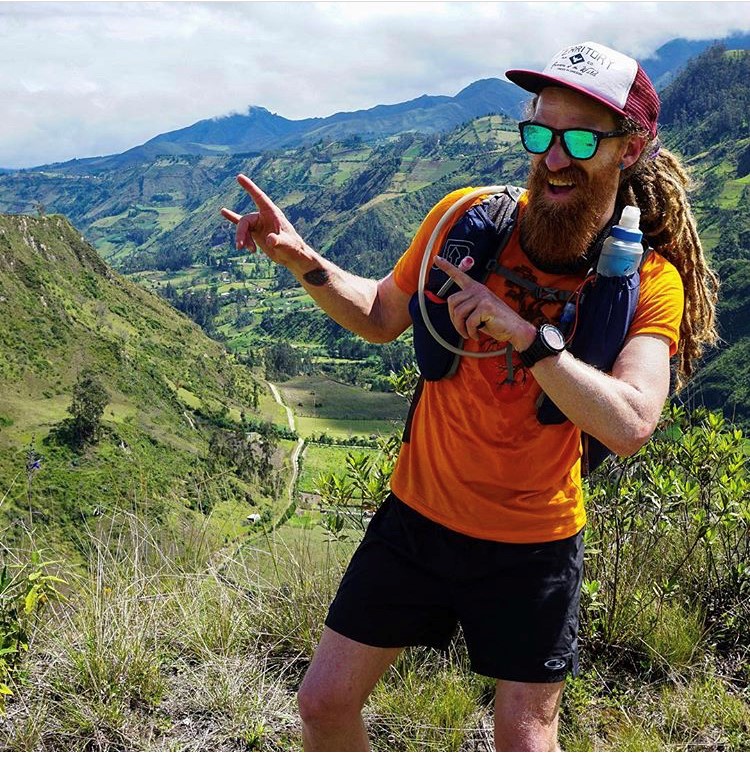
With three decades spent exploring the PNW and Alaska, Ian is based in Maine, where he directs the Kauffmann Program for Environmental Writing and Wilderness Exploration, and teaches writing, ecology, brain science, music and mindfulness to high school students. With over two decades leading trips and expeditions across the US, Alaska and internationally, he loves empowering people to take agency in their lives and discover new places. Ian is a poet and graduate of the Rainier Writing Workshop, and his writing has been featured in places like Terrain.org, Orion and High Desert Journal. He also directs a community steelband, loves kayaking big water, drinks copious amounts of coffee, geeks out around nutrition, literature and fitness, and was once a member of an Inuit Dance Troupe.
Check out his website at Ianramsey.net
